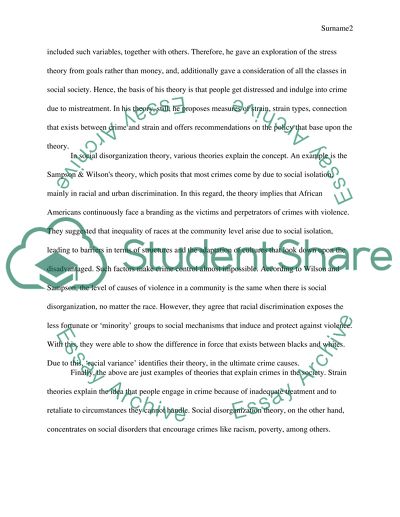Criminological Theory: Context and Consequences Essay - 1. Retrieved from https://studentshare.org/social-science/1680906-theory-application-essay
Criminological Theory: Context and Consequences Essay - 1. https://studentshare.org/social-science/1680906-theory-application-essay.


